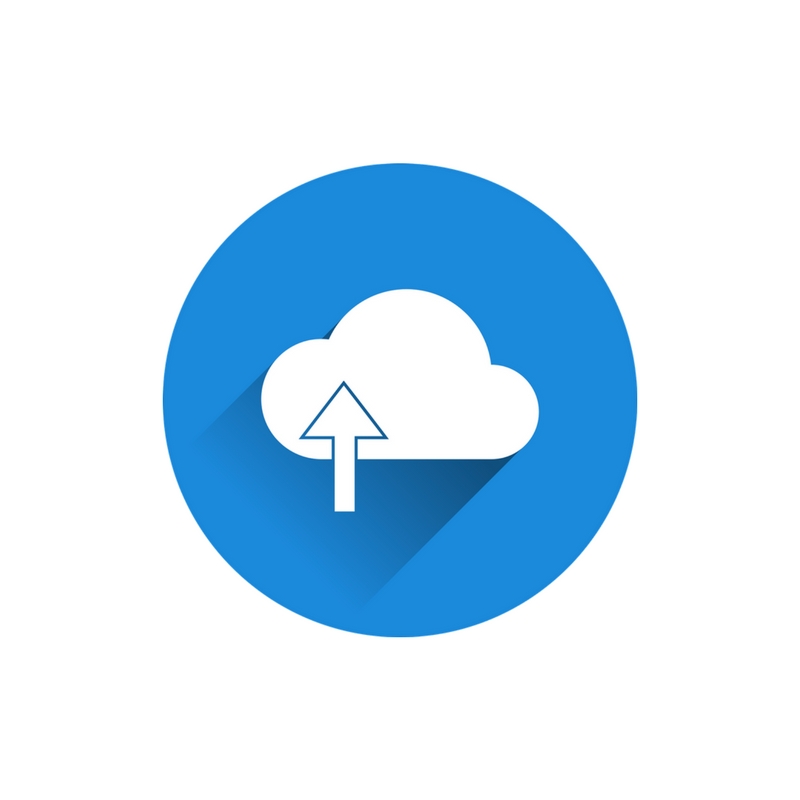
Everything as a Service or XaaS
 Everything as a Service (XaaS) is a cloud computing term that has gained everyone’s attention and more business owners are starting to see the cloud from a different angle. Today, we can hardly say that the movement towards a cloud environment is driven solely by the desire to lower IT costs. Companies are choosing this agile environment due to the huge competitive advantages and increased business opportunities that it provides.
Everything as a Service (XaaS) is a cloud computing term that has gained everyone’s attention and more business owners are starting to see the cloud from a different angle. Today, we can hardly say that the movement towards a cloud environment is driven solely by the desire to lower IT costs. Companies are choosing this agile environment due to the huge competitive advantages and increased business opportunities that it provides.
As it was expected, the cloud service market has also ramped up during the last couple of years, reaching $209.2 billion, in 2016, and forecasted to grow up to $246.8 billion in 2017. The most common cloud computing services are SaaS, PaaS, and IaaS, which I would like to discuss.
Software as a Service or SaaS
The total SaaS market has reached $36 billion in 2016, driven mostly by business analytics, CRM, and storage solutions. Many businesses are attracted by this model as it offers a whole new set of opportunities especially for software companies. What SaaS basically does, is to deliver third-party managed applications using the web and streamlining the overall maintenance process. Let’s take a look at the advantages that SaaS has to offer:
- Lower costs – SaaS is considered to be the most cost-effective business model, as you only rent the software and not the resource. Moreover, there is no need to invest in hardware, as everything his handled in the cloud.
- Automated Upgrades – The SaaS model provides constant and automatic maintenance and upgrades, this means less effort and money spent on installing and paying for new features.
- Increased Scalability – You can customize the SaaS model according to your business needs and requirements by simply adjusting the subscription.
Platform as a Service or PaaS
In 2016, the total value of the PaaS market reached $11 billion, being driven mostly by the strong growth in application development and the trends toward developing your own application. Platform as a Service is mostly used for developing applications, automating business policy, and helping applications to migrate to a hybrid model. Here are some of the advantages:
- Better control – You can upload your own software into the platform, gaining a higher control over the processes, while developing applications.
- Cost-effective – Just like IaaS, PaaS allows you to rent just the software platform.
- Multiple users – The PaaS model allows developers to work together on the same application, reducing the overhead costs.
Infrastructure as a Service or IaaS
IaaS business models are used to monitor, access, and manage different data center infrastructures remotely. The market has enjoyed massive growth during the last several years, reaching $22 billion in 2016. Unlike SaaS or PaaS where cloud providers were taking care of most of the processes, IaaS users are fully responsible for managing data, applications, or upgrades. Basically, IaaS provides its users an infrastructure, on top of which, they can install any platform, according to their business needs. Here are some of the advantages:
- Resources – IaaS model provides storage and infrastructure resources.
- Increased Security – IaaS provides full control over the processing inside VM, also considered one of the safest cloud service models.
- Greater Flexibility – IaaS model offers dynamic scaling capabilities; thus the costs will vary according to the infrastructure that you selected and your resource needs.
Before choosing a business cloud service model, you need to carefully analyze all the advantages that each model has to offer. I am planning on writing an article on how to choose between IaaS, PaaS, and SaaS in the near future, so stay tuned!




